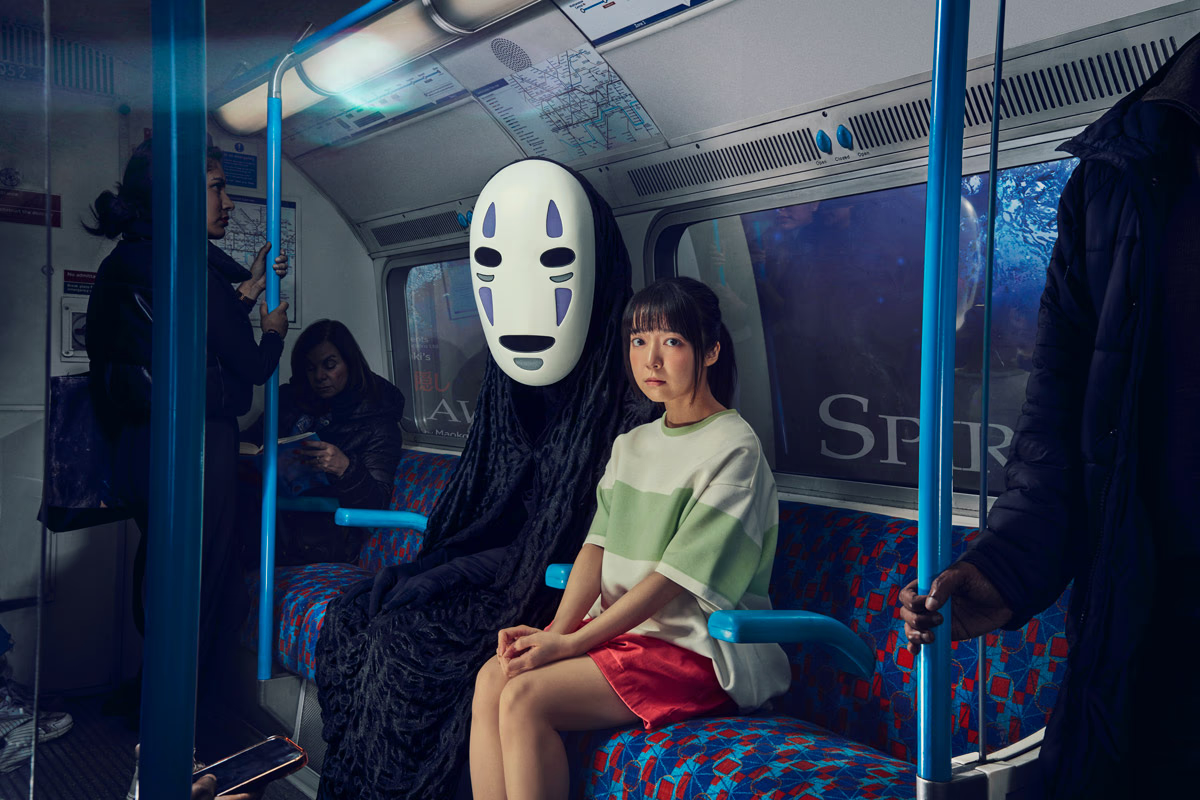Japanese culture is rapidly colonising the West, from our theatres to our cinemas, to our streaming services and our bookshops, to the food we eat and the clothes we wear, even the footballers we cheer on. This year alone I must have written half a dozen articles on different areas where Japanese culture is making its mark worldwide (and especially in the UK). Some are quite surprising, such as novels. By one estimate, a quarter of the two million translated novels sold in the UK last year were Japanese. It has become almost de rigueur to be seen reading the latest volume by Banana Yoshimoto, Sayaka Murata, et al.
Though we all long ago surrendered to sushi, the next target for Japan’s imperial ambitions could be British hospitality
Netflix is turning Japanese in a big way, increasing its anime catalogue to 891 shows in 2023, with the share of viewers in the UK growing from 3 per cent to 9 per cent. The streaming platform has the live-action version of One Piece – probably the most famous manga series in Japan – as well as one of the country’s best-loved sitcoms, the gentle gay rom-com (with cooking) What Did You Eat Yesterday? Then, of course, there is Shogun on Disney+, which swept the board at the Creative Arts Emmys.
As for theatre, Studio Ghibli is in the process of transferring its weird and wonderful anime creations to the stage. Spirited Away was a huge success at the Coliseum, as was My Neighbour Totoro at the RSC (it’s coming back next year). Expect more from the Ghibli back catalogue to reach the West End and hopefully the rest of the UK too.
Also due in the next few weeks is the latest from Japan’s most famous dramatist Hideki Noda, known for his ambitious juxtapositions of history, classical literature, song, dance, and comedy. Love in Action, starring boy band heartthrob Jun Matsumoto, in which Dostoevsky’s The Brothers Karamazov collides with the bombing of Nagasaki, will play at Sadler’s Wells at the end of this month. I saw it in Tokyo. My advice? Go.
Japanese-themed exhibitions or events? Londoners, at least, can take their pick. You could head down to the Dulwich Picture Gallery for Japanese printmaking, or to the Victoria Miro gallery for Yayoi Kusama (she of the polka-dot pumpkins). Or if you want something more bizarre, Japan House on Kensington High Street has Japanese plastic food replicas on display from all 47 prefectures. Unfortunately, you’ve just missed Myths to Manga at the V&A and the all-encompassing Hyper Japan at Olympia, but both will no doubt be back.
And though we all long ago surrendered to sushi, the next target for Japan’s imperial ambitions could be British hospitality. London now has its first fully Japanese-themed luxury hotel, The Prince Akatoki, which offers the mystical art of oriental hospitality omotenashi to weary, enlightenment-seeking travellers. The Prince is the first of what parent company Seibu Group hopes will be many more omotenashi hotels across the globe.
Corporations like Seibu have the full backing of their government in their quest to spread Japanese culture across the globe. Like many successful ‘Japanese’ initiatives, the policy was nicked from somewhere else – in this case, us. After the perceived success of Cool Britannia, the Japanese government started to promote Cool Japan. Arguably, they were helped in this by the sclerotic domestic economy and the burden of a dwindling and ageing population, spurring businesses to seek new ways to market Japan to curious outsiders.
But why are outsiders so curious? What is the eternal appeal of Japan? At the high-culture end, as well as the deserved reputation for quality, there is a certain snob appeal – a pleasing notion that one is partaking of a sophisticated and mysterious activity not for the common herd. This conceit extends from novels and plays to food (onigiri is all the rage in Europe now, while in Japan it’s a pretty bland convenience store staple).
At the pop end of things, Japanese stuff is shiny and quirky and cool and allows those who wish to retreat to a fantasy land to do so without feeling too embarrassed. It also, refreshingly, comes without heavy-handed progressive (‘Don’t be racist!’) messages attached. It’s fun. And the Japanese don’t care about ‘cultural appropriation’, so you can wear that kimono or cosplay Doraemon to your geeky heart’s content.
And the marketing is so subtle. As I once heard the legendary menswear proprietor Mark Cho explain, there is no one better in the world at presenting themselves and their wares than the Japanese. Creators are often enticingly, mysteriously anonymous, the packaging is exquisite, and when you do get into something Japanese, you often have the satisfying feeling that you discovered it yourself. In reality you were gently, seductively led by the nose.
One final mutual benefit: Japan’s cultural export boom allows those who fancy themselves Japanophiles (and don’t we all?) to experience, or believe they have experienced, Japan and all its wonders without the hassle of actually going there. The Japanese know this, and, given the headaches mass tourism is causing around the world, are very happy about it.








Comments